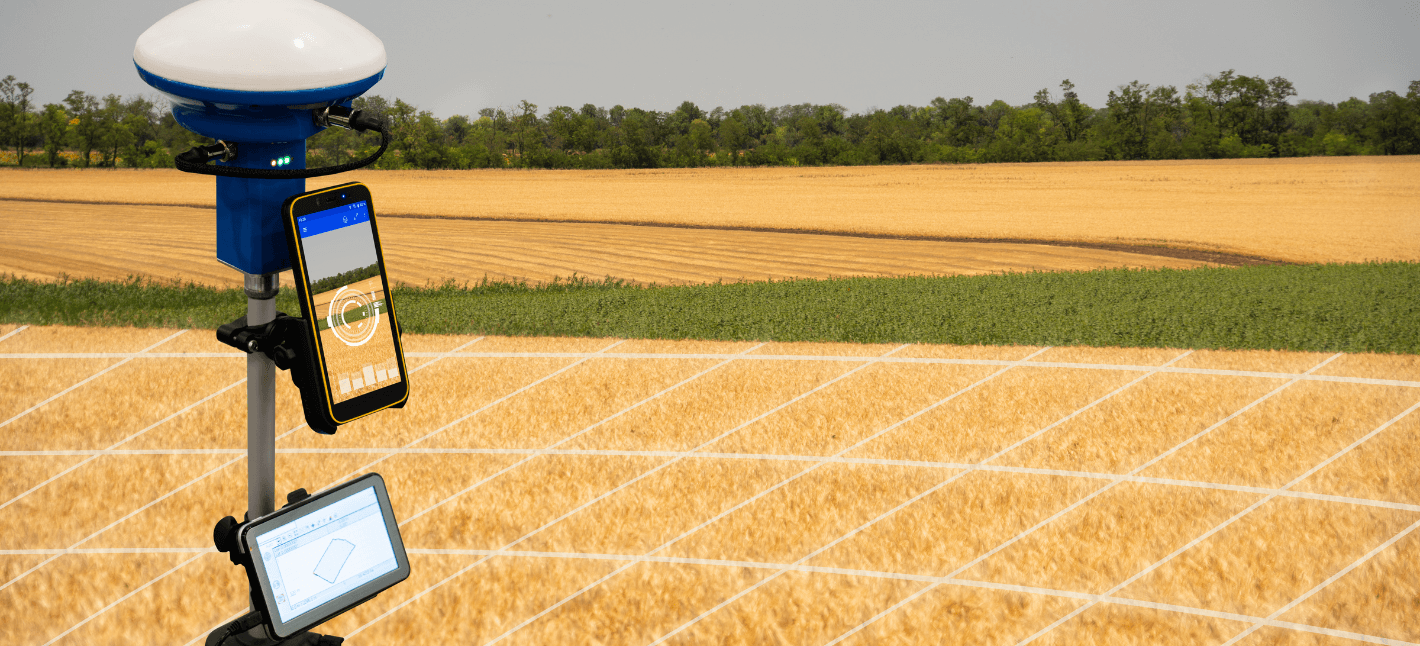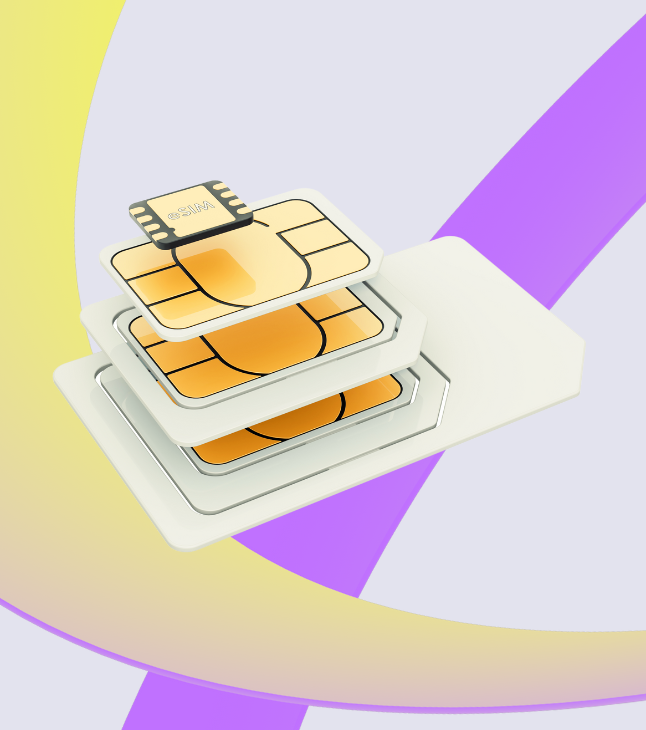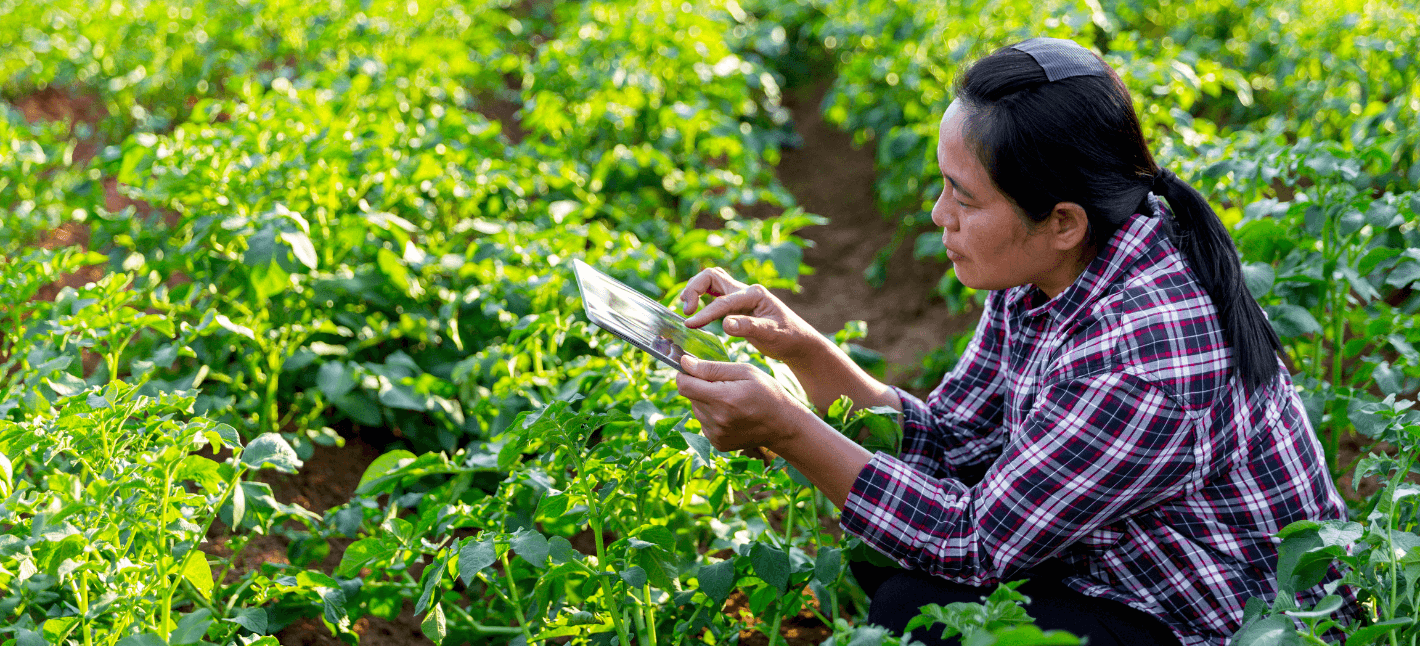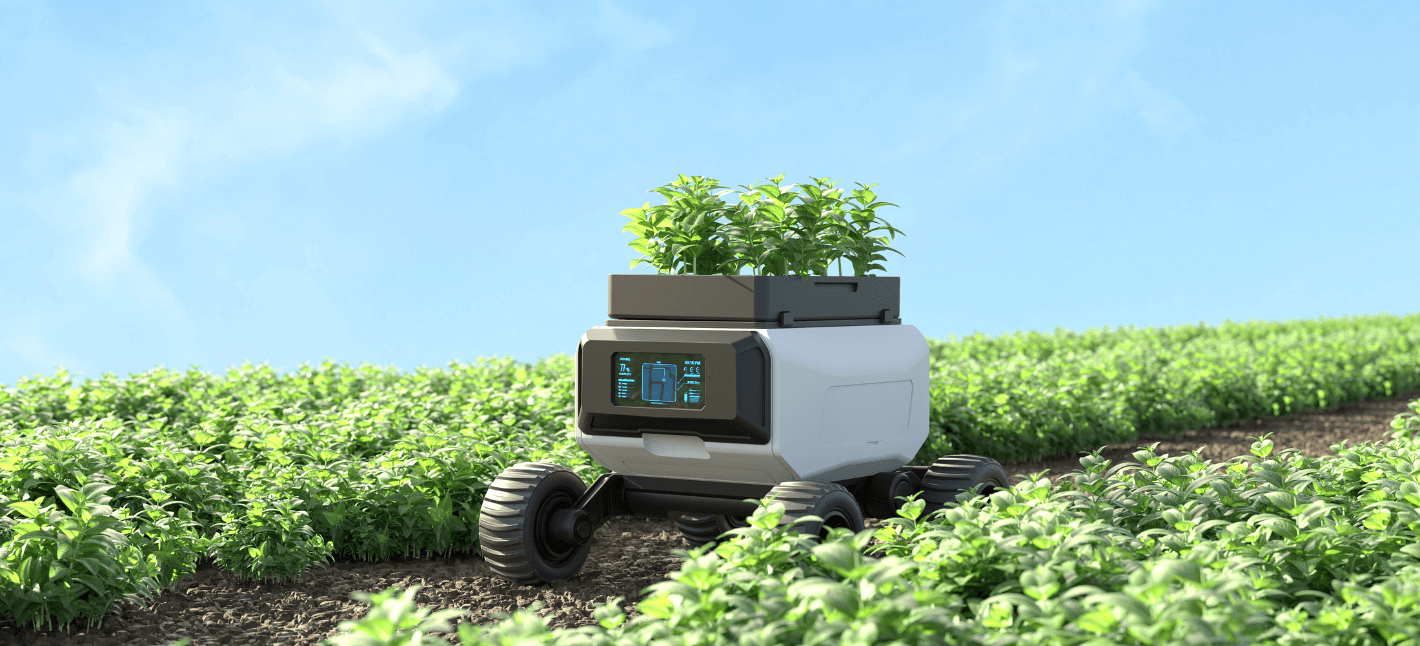The agriculture industry is among the most crucial ones anywhere in the globe. It is a minimum need for every country to be able to produce enough yield, and yet it gets challenging every day. Since there are threatening challenges with climate and population rise, we must opt to leverage technology to help farmers.
IoT in remote field monitoring can be the transformation we are looking for, and it’s high time to implement them now.
IoT in agriculture for remote field monitoring
The need to have technological advancement arises from the constant challenges that the agriculture market faces. Some of them include not having enough visibility, awareness, precision, and consistency that a widespread agricultural site may demand. That’s where remote field monitoring adds value.
The Internet of Things (IoT) has grown as a trend when it comes to monitoring needs across any industry. In the agricultural industry as well, IoT sensors and connectivity help a user stay on top of the environmental, energy, and resource parameters of any field or machine.
How to implement IoT in agriculture?
Implementing an IoT solution in the agriculture sector has proven to be somewhat challenging. In agriculture, there are several unique needs for IoT implementation. Vast land to cover, rough environmental conditions, and long-range networks are the key distinctions for agricultural IoT solutions.
The three major areas all require sophisticated engineering and innovation from the manufacturers, as dividing the implementation of IoT into distinct areas involves consideration of three essential elements:
- IoT Sensors
It begins with the designing of an IoT sensor device that would be placed on the field. These sensors are usually used in precision agriculture and they measure soil conditions such as soil temperature, moisture, and acidity. It also tracks environmental situations such as atmospheric temperature, humidity, light, etc. These sensors must be sturdy and need to withstand rough conditions on the ground and the flow of water through irrigation or rain. This requires significant device design expertise and the use of most compact modules, such as the use of ESIMs, to keep devices robust.
→ Would you like to learn more about IoT sensors? Read our article: 16 Types of sensors used in IoT
- IoT Connectivity
The next important area for smart farming solutions is network connectivity. These rugged devices also need a stable, low-maintenance, and long-lasting network infrastructure. The different IoT devices laid out across acres need an effective and affordable way to connect to the internet. Long-range networks such as 5G can revolutionize the movement of IoT in agriculture. Agricultural applications would require higher frequency and consistent data operations. However, there are some high-end use cases with image processing where bandwidth and low latency are also necessary. A reliable and inexpensive 5G network fits perfectly in this precision farming requirement. - Remote field monitoring interface
IoT sensors collect the data; connectivity helps collect and analyze the data on the cloud. The next step here emphasizes how end-users are able to access and visualize the data. A web-based user interface or a mobile application can ease that job. A user gets an outlook on farming conditions at their fingertips with an effective user interface or dashboard.
These three areas of IoT implementations will all be fundamental to its functioning. The goal of such an IoT implementation is to establish a sustainable and precision farming approach that is more informed, accurate, and yields better crop output.
Everything you need to know about IoT SIMs
The applications of remote field monitoring
IoT implementations in agriculture can serve various needs depending on your goals. Here are several applications of remote field monitoring:
- Precision agriculture
Precision farming is aimed at eliminating the guesswork for farmers when it comes to supplementing the crop with the right nutrition, irrigation, and supplies. Through IoT sensors, farmers can understand which areas need caretaking and additional attention. Precision farming can make sure that the resources are utilized efficiently and even help protect bad yields with pesticides and timely caretaking. Such data-driven actions would drastically improve agricultural output. - Sustainability in agriculture
Remote field monitoring can help optimize the use of fertilizers and resources. Farmers can identify which supplements to use on which crops instead of applying them harshly. Likewise, it can also allow sustainable farming by saving water and energy. IoT can help with automatic and smart irrigation solutions that can help with the efficient use of such resources. - Reducing costs and yield wastage
IoT can also save farmers a great deal of cost, time, and effort. With lesser wastage of fertilizers, water, or electricity, remote field monitoring can save significant costs. Another key area that saves cost and improves output is reducing any waste of yields through various reasons like diseases, pests, or dryness. - High-quality yield
The quality of crop yield depends on the treatment of it against environmental conditions and needs. As such, IoT agriculture sensors can help ensure that crops are grown with peak fertilization and irrigation. It can also help ensure that no external elements affect the quality of yield, making sure a healthy yield is preserved throughout. Crop residue burning, bad air quality, severe heat strokes, and many other challenges are there that can create uncertainties for conventional agricultural practices. Therefore, a technological advance to cope with it is the need of the hour, and IoT’s remote field monitoring can create a great difference.
IoT SIM for Remote Field Monitoring
In conclusion, the transformative power of IoT in agriculture, specifically through remote field monitoring, cannot be overstated. As we navigate the challenges posed by climate changes and a growing global population, technology emerges as a crucial ally for farmers. The implementation of IoT sensors, robust connectivity like 5G networks, and user-friendly interfaces opens the door to a new era of precision farming.
At Freeeway AG, we understand the unique needs of the agriculture industry and offer tailored solutions for seamless IoT integration. Our expertise in providing rugged IoT sensors, stable connectivity solutions, and intuitive remote field monitoring interfaces empowers farmers to make informed decisions and optimize resource utilization.
Take the first step towards a sustainable and efficient farming approach by contacting Freeeway AG. Let us be your partner in harnessing the full potential of IoT in agriculture. Reach out to us today to explore how our solutions can revolutionize your farming practices and ensure a bountiful and high-quality yield. Your farm’s future begins with Freeeway AG – where technology meets agriculture. Contact us now for a smarter and precision farming experience.





